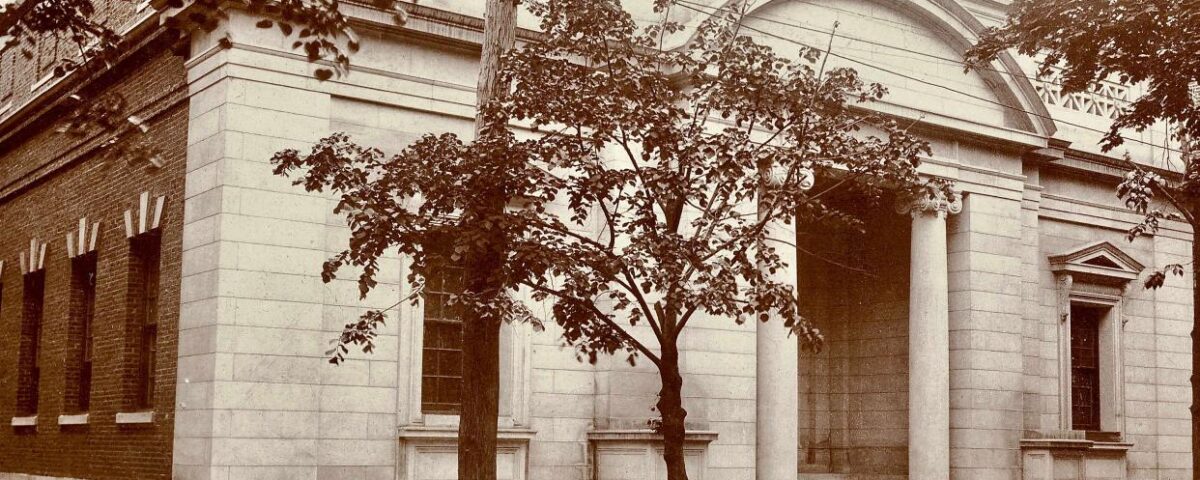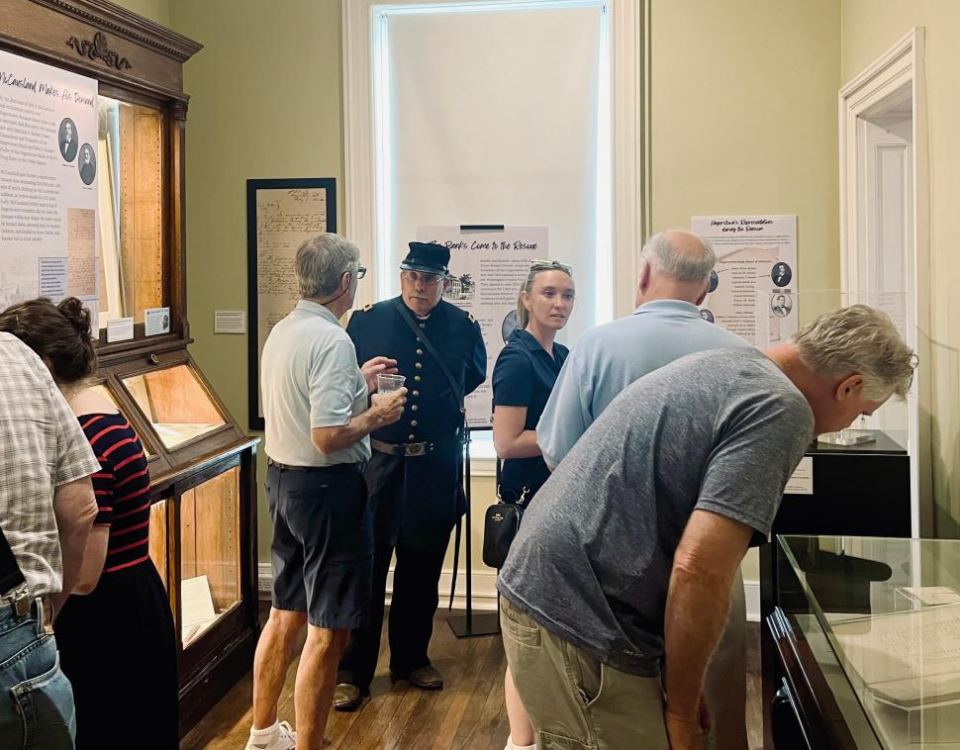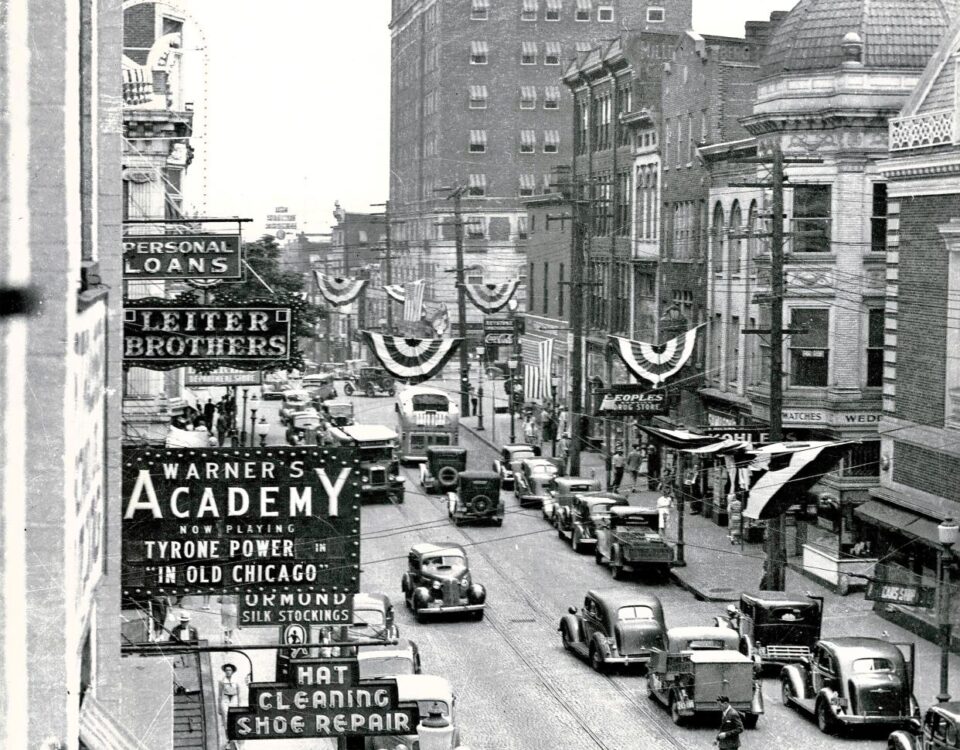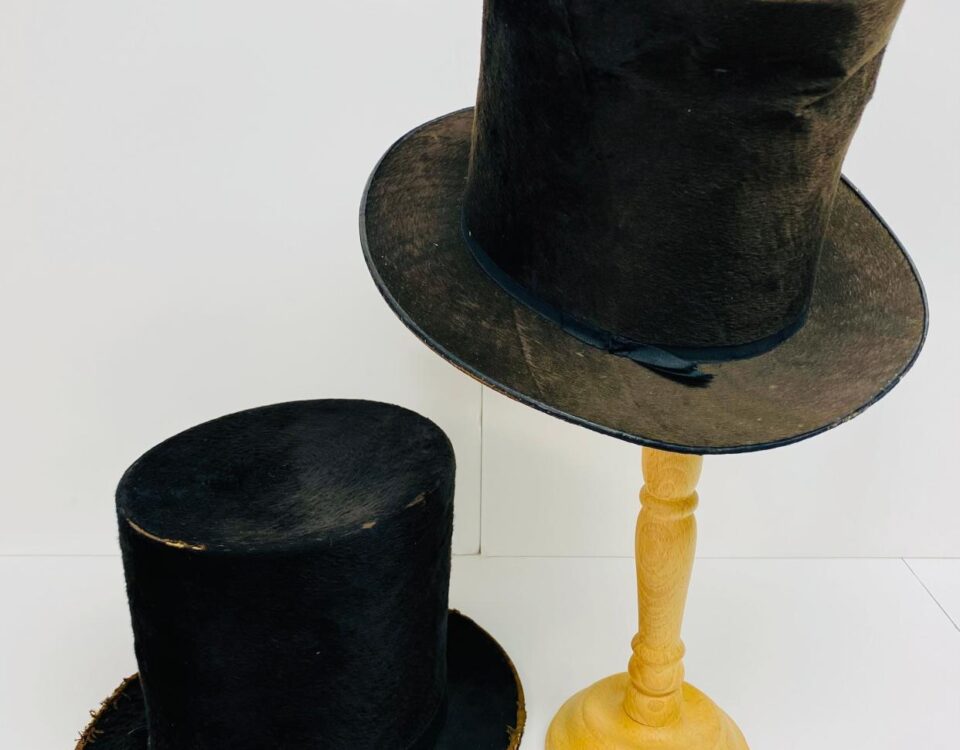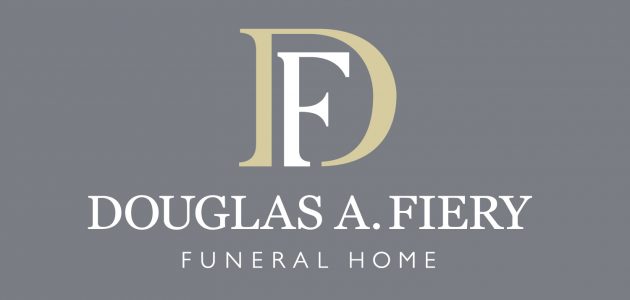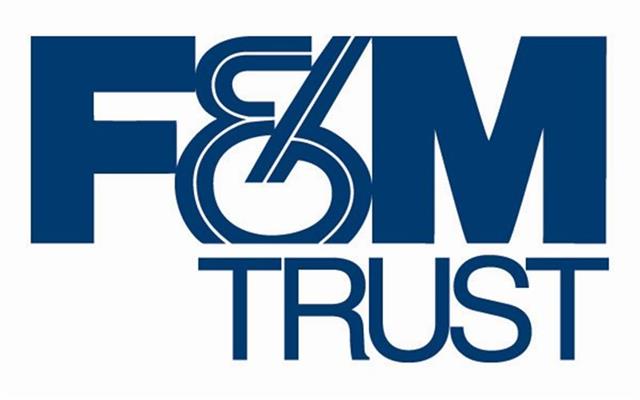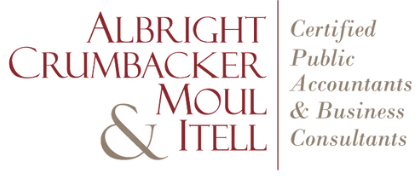Washington County Historical Society has safeguarded local history for more than a century
Article Author: Abigail Koontz (This article originally appeared on The Herald-Mail December 10, 2023)
“Washington County should have a historical society,” Harvey S. Bomberger declared on July 28, 1911.
Bomberger, 51, was a merchant from Boonsboro. He stood in the reading room of the Washington County Free Library at 21 Summit Ave., addressing 21 individuals interested in forming an official organization.
William R. Hamilton, who became the first secretary of the Washington County Historical Society, sat in, recording minutes in a black and red leather leldger. The record book Hamilton held now resides at the Washington County Historical Society. It contains the earliest meeting minutes of the society, taken from 1911 to 1917. These minutes represent the passion and perseverance of a small group that dreamed of preserving Washington County’s history.
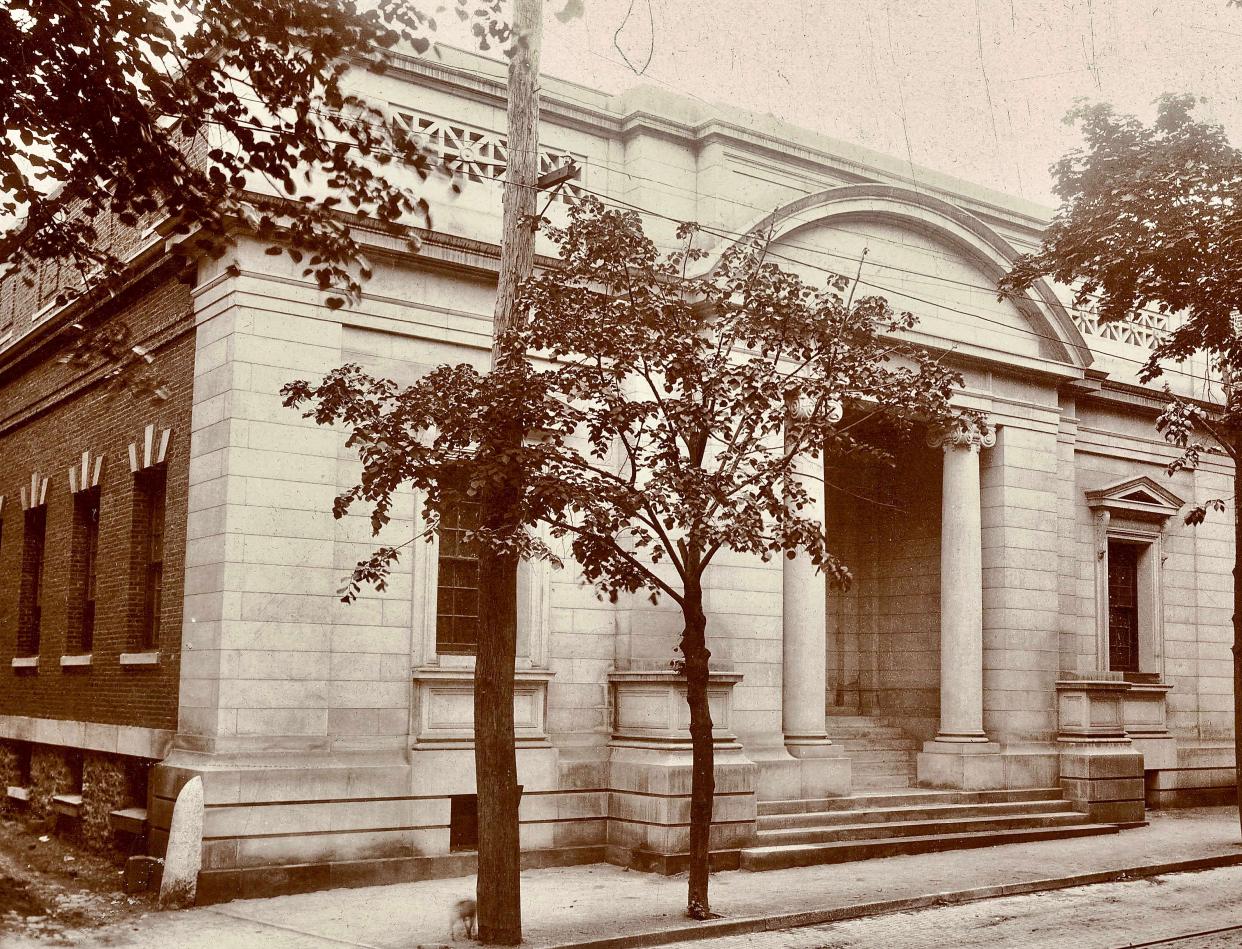
On Aug. 31, 1911, the WCHS was officially incorporated by the state of Maryland, gaining rights to purchase and own property, receive donations, adopt a constitution and govern finances and membership.
The 29 charter members signed the certificate of incorporation, including three women — notably Mary Lemist Titcomb, head librarian of the Free Library and creator of one of the first Bookmobiles in the United States.
In 1912, Bomberger was elected the first president of the WCHS, along with six vice presidents, four secretaries, two treasurers and seven directors. Alexander Neill Jr., the public notary for the certificate of incorporation, was one of the first directors.
Neill was born in 1875, at 135 W. Washington St. — now the historical society’s home. After attending Trinity College and Princeton University, he was admitted to the bar in 1903 before returning to Hagerstown.
But he died of a brain tumor in October 1911 at age 35. The stunned members memorialized him in one of the society’s first resolutions, writing that the society “loses a most valuable member. Mr. Neill did a great amount of work in the preliminary organization of the society.”
Despite this unexpected shock, WCHS pressed forward, continuing to meet at the library and storing their artifact collection in its basement. They elected new members (annual dues were $1), shared academic papers, acquired artifacts and identified historical sites for preservation.
Early entries in the society’s record book reveal the historical sites that initially captured members’ attention, the first being Fort Frederick. “Old Fort Frederick … to crumble into ruin unless it becomes public property,” Secretary H.A. Hays wrote in 1912.
Secretary Gorman Bussard recorded a need “to locate the Jonathan Hager house with view of marking the site” in 1914. Members were unsure where the Hager House was even located.
And in February 1917, Secretary Jacob Ziegler noted that WCHS needed to survey the land “of about one acre, surrounding the old Washington Monument, on the mountain above Boonsboro.”
Five years later, the society purchased the South Mountain property containing the Washington Monument, which was built in 1827 by Boonsboro citizens. They transferred the property to the Maryland Department of Forestry in 1934 for restoration and development of a park.
WCHS acquired the Spong Farm in 1939, the first of two Antietam Battlefield sites the society would purchase. The Spong Farm contained the Burnside Bridge — crumbling, yet still in use.
WCHS later transferred Burnside Bridge to the National Park Service for preservation.
In 1951, WCHS purchased its second Antietam site, the Dunker Church, from Charles and Ora Turner of Sharpsburg, deeding the site to NPS in 1952. Its full restoration was completed in 1962, just in time for the Battle of Antietam’s 100th anniversary.
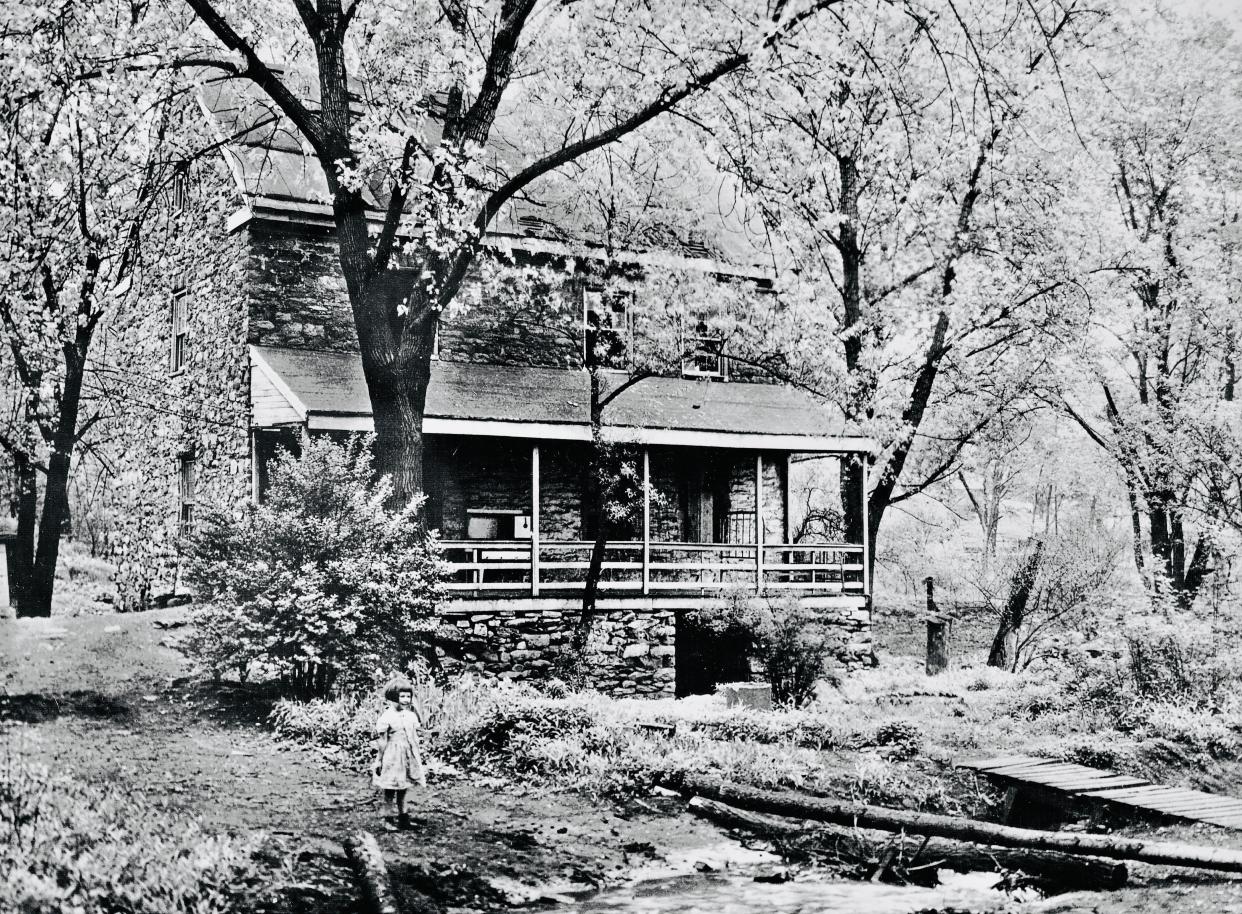
The acquisition and preservation of the Hager House had been a dream for WCHS since 1914, but it was not until 1944 that the society finally purchased it as part of an eight-acre tract adjacent to City Park.
This project was dear to the heart of Mary Vernon Mish, WCHS’s first female president, who served from 1942 to 1949. With the restoration completed in 1954, WCHS transferred the Hager House to the city of Hagerstown.
During these many years, WCHS lacked a permanent home. In the 1940s, with permission from the city council, WCHS moved from the library into City Hall, sharing quarters on the fifth floor with the City Museum. The society exhibited artifacts and stored its growing collection and genealogy research materials in the basement.
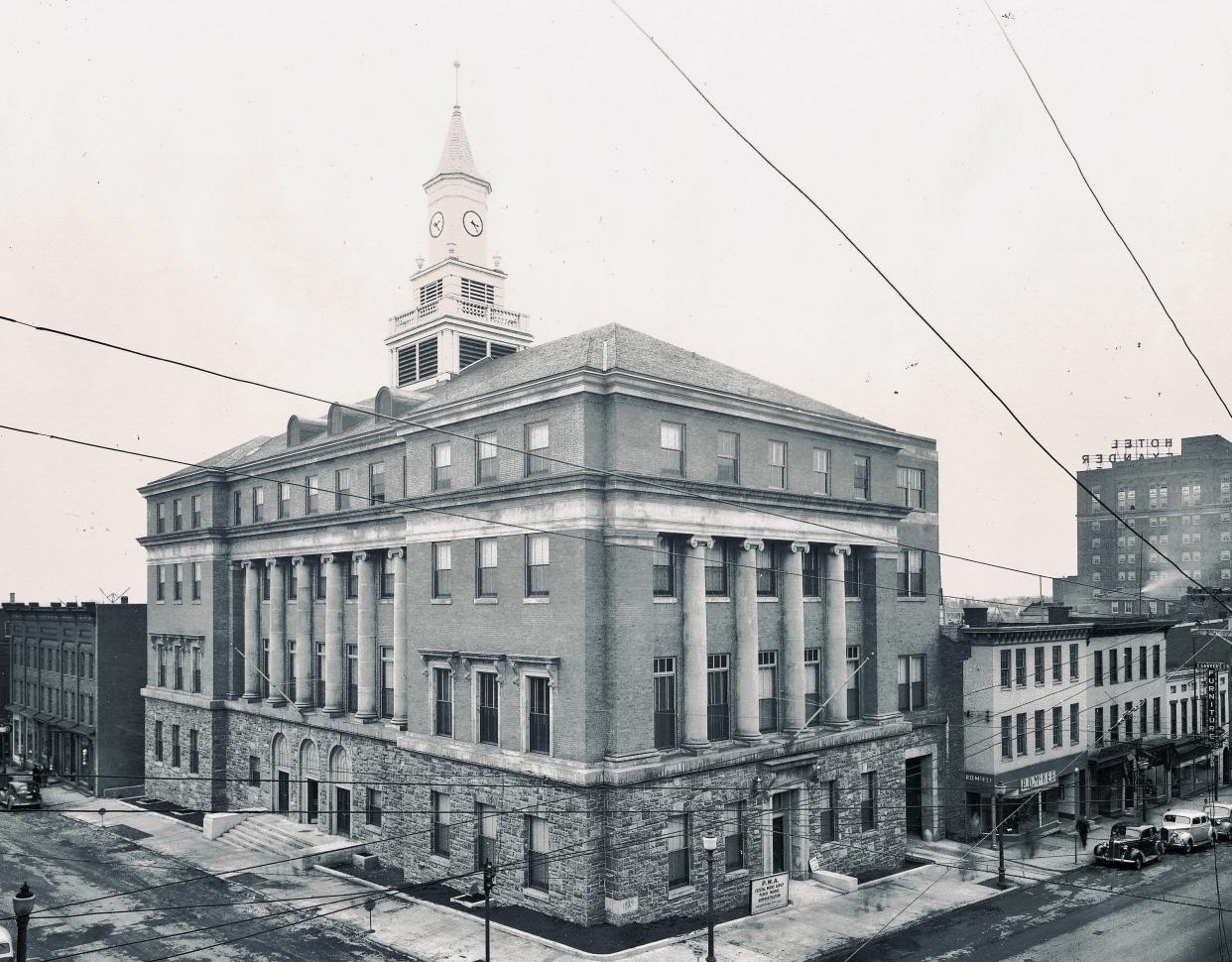
By the 1950s, WCHS had moved to the Mansion House at City Park, now the Mansion House Art Center, with an office at 501 Virginia Ave. Then in 1966, Victor D. Miller III became the fifth president of WCHS; he and his brother, Col. Henry Miller, gave their shares of their childhood home at 135 W. Washington St. to WCHS. The new headquarters was christened “The Miller House.”
The Miller House was built in 1825 for William Price, a Hagerstown attorney. Home to three prominent families across time, the property’s significance dates back further — to the Bell family of potters, who owned and operated a pottery workshop on the same site from 1802 to 1823. Excavations in the garden still reveal pottery sherds.
“This house was Vick’s home,” incoming President Simms Jamieson observed when Victor Miller III died in 1968. “He loved every brick. He did all in his power to see that it would be preserved.”
The house’s fate was tied to the historical society, and it remains the most valuable artifact in the collection today.
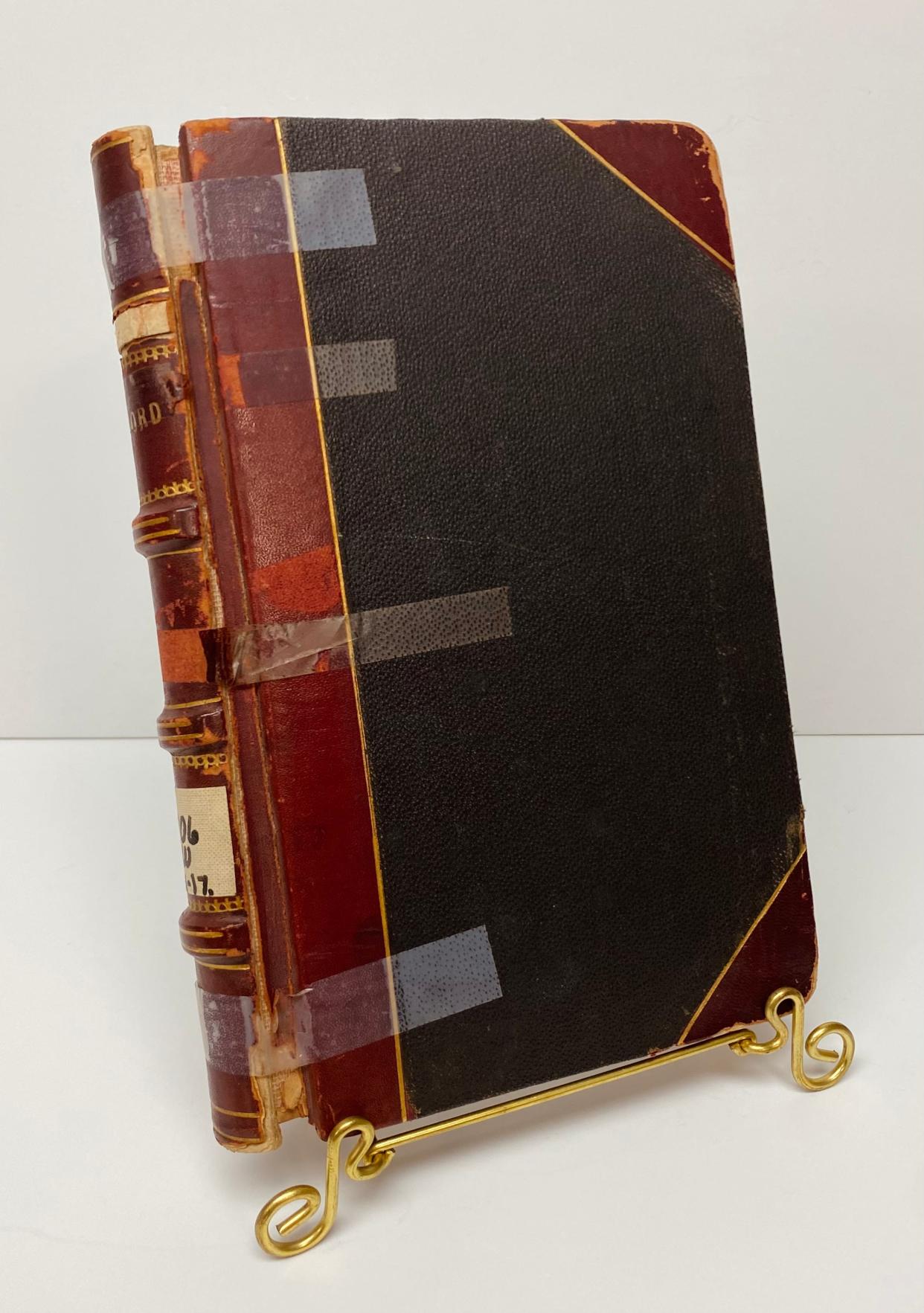
The little record book of original meeting minutes remained in the possession of Secretary Jacob Ziegler until his death in 1935; his daughter, Electa, presented it to the society, where it made its way to the curator’s bookshelf. At some point in the past 112 years, someone stabilized its spine with tape.
Once a repository of meeting minutes, the record book is now an artifact itself — a reminder of the vision and actions of a group of individuals who preserved Washington County’s history.
That legacy continues at WCHS, through current efforts to identify, preserve and share Washington County’s history with the public.

